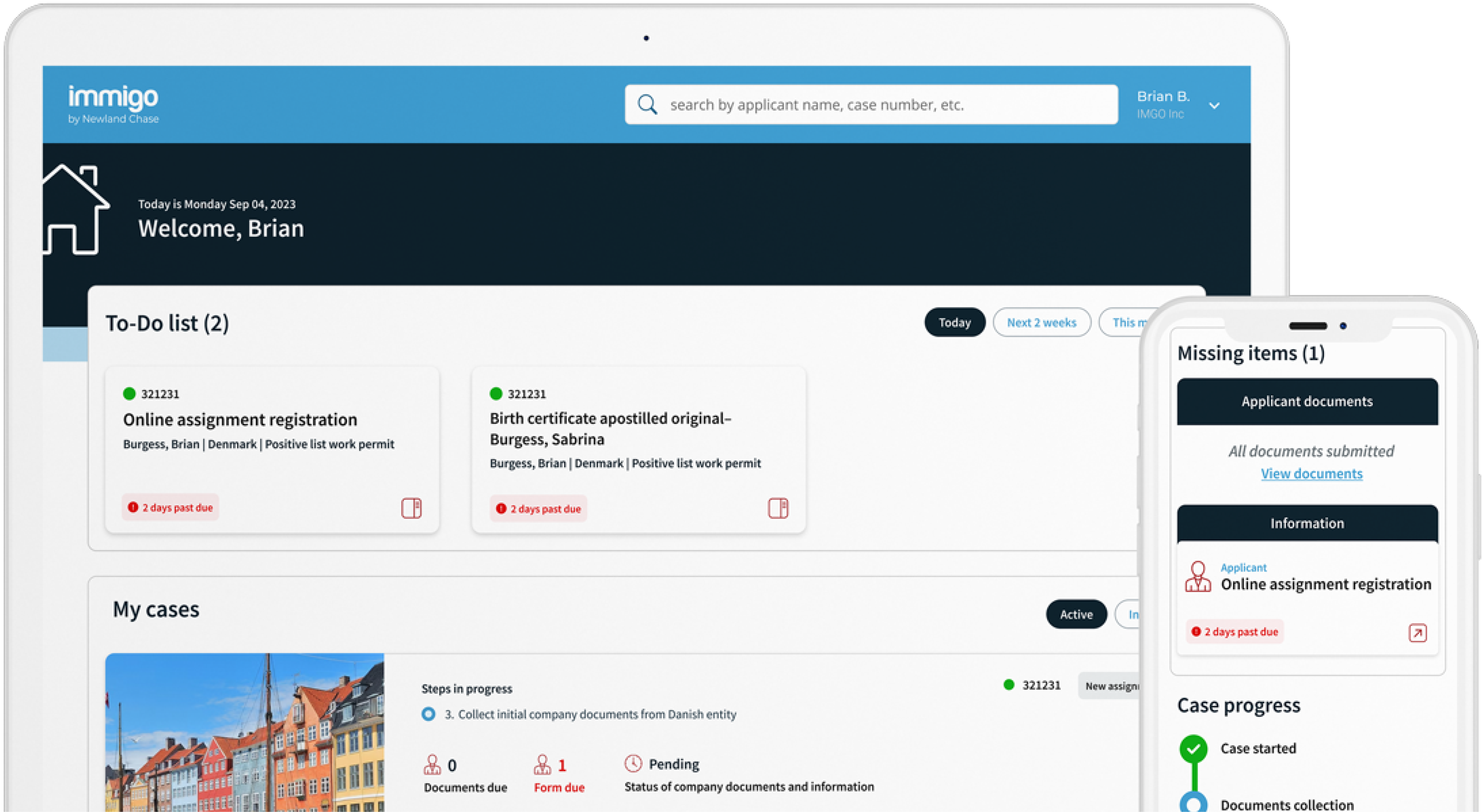Get The Visibility Your Company Needs
Reduce compliance risks and mobility costs while managing individual and project-related travel with ImmiSMART: the solution that unifies your travel and mobility programs.
USA: New USCIS Rule Amending Several Employment-Based and Non-Immigrant Visa Programs
January 19, 2017
United States Citizenship and Immigration Services (USCIS), has recently announced amendments to certain regulations to improve US employers” ability to recruit and retain high-skilled personnel who have been granted employment-based immigrant visas and are waiting to become lawful permanent residents.
The rule effectively improves the job mobility process for those workers by allowing them to accept promotions, change employers, change positions with current employers, and pursue other employment opportunities.
The Final Rule will take effect on 17th January 2017. Below is a summary of several key components of the new rule.
New Grace Periods
- H-1B and O-1 visa holders have had the ability to obtain a visa ten days before the initial employment start date to allow them to enter the US before work. This Final Rule adds this ten-day grace period to individuals in E-1, E-2, E-3, L-1, TN classifications.
- The Final Rule also adds a ten-day grace period at the end of the authorised visa validity period for the above classifications, which provides workers time to leave the country or apply for extension or change of position.
- A new discretionary grace period of up to 60 consecutive days, or until the end of the relevant authorised validity period (whichever is shorter), is available for H-1B, O-1, E-1, E-2, E-3, L-1 and TN classifications. It allows a change of employer or status if the employment ends prior to the end of the petition validity period.
Note that there is no work authorisation during these grace periods.
H-1B Visa Portability: Skilled Professionals Changing Employers
The H-1B portability provision defined in the Final Rule clarifies Department for Homeland Security (DHS) regulations consistent with prior policy guidelines.
The Final Rule:
- Allows an H-1B worker to commence employment with a new H-1B employer as soon as the new petition is filed, provided certain criteria are met.
- Allows H-1B employers to file successive H-1B portability petitions. For example; a foreign national working for a second employer based on portability may be able to switch to a third employer if certain conditions are met.
- Provides that the denial of a successive portability petition does not affect the ability of the H-1B worker to continue or resume working on a previously approved petition if the petition remains valid and the beneficiary has maintained status or has been in a period of authorised stay.
Calculating Maximum H-1B Admission Period
The Final Rule clarifies method for “recapturing” time if the beneficiary has previously been counted against the cap. Key provisions include:
- Time spent outside the US exceeding 24 hours or more will not count toward H-1B time of admission regardless of whether such time meaningfully interrupts the H-1B worker”s stay in H-1B Status and the reason for his or her absence. This time may be recaptured for subsequent H-1B admission.
- Confirms the petitioner”s burden to present evidence of time outside of US, and based on evidence provided USCIS may grant all, part or none of the time requested.
- If an H-1B worker was previously counted against the H-1B numerical cap and has been outside the US for more than a year, the petitioner may choose to recapture time, if available, via an H-1B petition.
H-1B Cap-Exempt Employer Rules
Under the Final Rule, many employers who would have otherwise been subject to the H-1B cap will now qualify for cap exemption. The most significant change relates to non-profit organisations which are affiliated with universities.
Before, USCIS required an affiliation based on shared ownership or control by the same board or Federation. Where the non-profit organisation was attached to a university, USCIS required that the non-profit be a member, branch, cooperative or subsidiary.
Now, cap-exemption may be approved in cases where the non-profit entity has entered into a formal written affiliation agreement with an institution of higher education that establishes an active working relationship between the “non-profit entity and the institution of higher education for the purposes of research or education, and a fundamental activity of the non-profit entity is to directly contribute to the research or education mission of the institution of higher education.”
Whistle-blowers Protection for H-1B Workers
The Final Rule allows workers who are fired for reporting on employers to make the argument for “extraordinary circumstances” for failure to maintain status and change employers, or to change status, without having to first leave the US.
H-1B Licensing Regulations
The Final Rule provides options in cases where a state requires licensure for a job; however, licensure cannot be obtained by an otherwise fully qualified H-1B worker before they begin work in the US and therefore, their failure to possess a licence is simply due to their immigration status and not for substantive reasons.
For example, licensure may require a social security number, and the H-1B worker cannot provide this until they have been admitted in H-1B status. In such cases, this provision may allow temporary approval of an H-1B visa for otherwise qualified workers that is valid for one year as long as the H-1B worker has filed an application for the licence.
AC-21 H-1B Extensions Beyond Six-Year Limit
The Final Rule provides clarification on several issues related to AC-21 one-year and three-year H-1B extensions.
One-year extensions will now be available to beneficiaries who are not in the US.
One-year extensions will be allowed when the petitioning employer is not the employer that submitted the labour certification or I-140 petition serving as the basis for the one-year extension which allows the employee greater job mobility during the green card process.
Critically, the Final Rule establishes a requirement that H-1B extensions beyond the six-year limitation will not be granted if the beneficiary does not file for adjustment of status or apply for an immigrant visa (consular processing) within one year of the immigrant visa becoming available.
The immigrant visa becomes available when the relevant priority date becomes current according to the final action date in the Visa Bulletin. Should the immigrant visa numbers retrogress during the one-year tolling period, a new one-year period will begin once an immigrant visa becomes available again.
Green Card Portability
The Final Rule confirms the ability of an I-485 adjustment of status applicant, who is also the beneficiary of an approved I-140 petition to port the I-485 to the same or similar job at another employer so long as the I-485 has been pending for 180 days or more.
However, for the first time, USCIS is requiring, under the Final Rule, that porting I-485 applicants complete Form I-485SJ (Supplement J) with required supporting documentation to demonstrate the new employment meets portability requirements. At this time, it is not entirely clear when the Supplement J must be filed – we await further guidance from USCIS on this issue.
The new rule clarifies that an I-485 applicant may port even before the I-140 has been approved, but USCIS confirms that approval of the I-140 will be required in order for the I-485 to be approved. Supplement J will not be adjudicated before the I-140 has been approved. The Final Rule also provides guidance regarding the definition of “same or similar occupation”.
Preserving I-140 petitions
The 180-Day Rule
Foreign national workers who are beneficiaries of an employer”s petition on their behalf for an employment-based green card (Form I-140 Immigrant Petition for Alien Worker) may be subject to automatic revocation of their green card application in the event it is withdrawn by the employer, or the employer”s business ends. However, the Final Rule clarifies that the foreign national is not subject to automatic revocation of the Form I-140 submitted on the foreign national”s behalf (EB-1, EB-2 or EB-3), if the I-140 has been approved for at least 180 days. In addition, automatic revocation does not occur when the I-140 remains unadjudicated, provided that the beneficiary”s I-485 has been pending for more than 180 days.
Employment Authorisation for Compelling Circumstances
Foreign national workers with approved I-140 petitions whose priority dates aren”t current and hold E-3, H-1B, H-1B1, L-1 or O-1 non-immigrant status can apply for separate employment authorisation for a limited period under “compelling circumstances” at the discretion of DHS.
The Final Rule does not define what would constitute “compelling circumstances” but simply states:
“USCIS determines, as a matter of discretion, that the principal beneficiary demonstrate compelling circumstances that justify the issuance of employment authorisation.”
In the preamble to the Final Rule, DHS does, however, provide examples of what may constitute compelling circumstances, such as, serious illness or disability, other substantial harm and significant disruptions to the employer.
The application for an Employment Authorisation Document (EAD) can be submitted at any time before the expiration of the relevant non-immigrant status. EADs granted under this provision will be limited to one year and the worker will need to continue to provide evidence of compelling circumstances to renew the EAD.
Changes in EAD processing and Extensions
- The Final Rule provides some very important changes and benefits to the EAD process. Some of the most important provisions include:
- Instead of the current 120-day window, workers can apply for an EAD renewal up to 180 days before expiration;
- The Final Rule will grant an automatic extension of the validity of expiring EADs for up to 180 days if the extension of the EAD is submitted on time, on the same basis as the previous EAD, or on a basis which does not first require adjudication of an underlying application or petition. (For example; an adjustment of status applicant, asylum seeker or refugee.)
- USCIS has recently confirmed that eligible EAD renewal applicants only include those who have submitted timely renewals on or after 17th January 2017.
Our advice
Employers sponsoring foreign national workers in the US should note the above changes which allow greater job mobility and flexibility.
If you require any additional information regarding the above, please contact a member of our team at [email protected].



